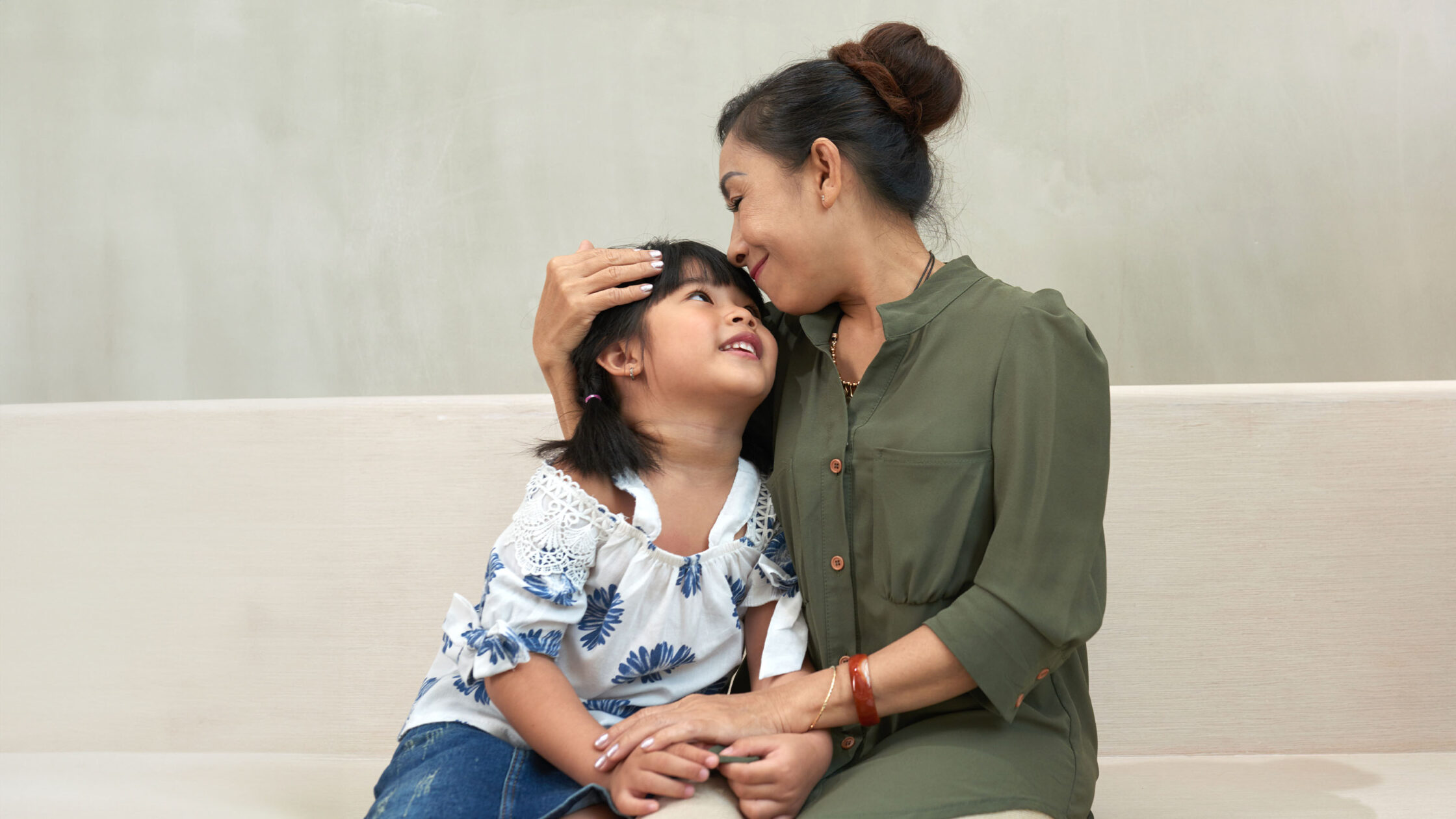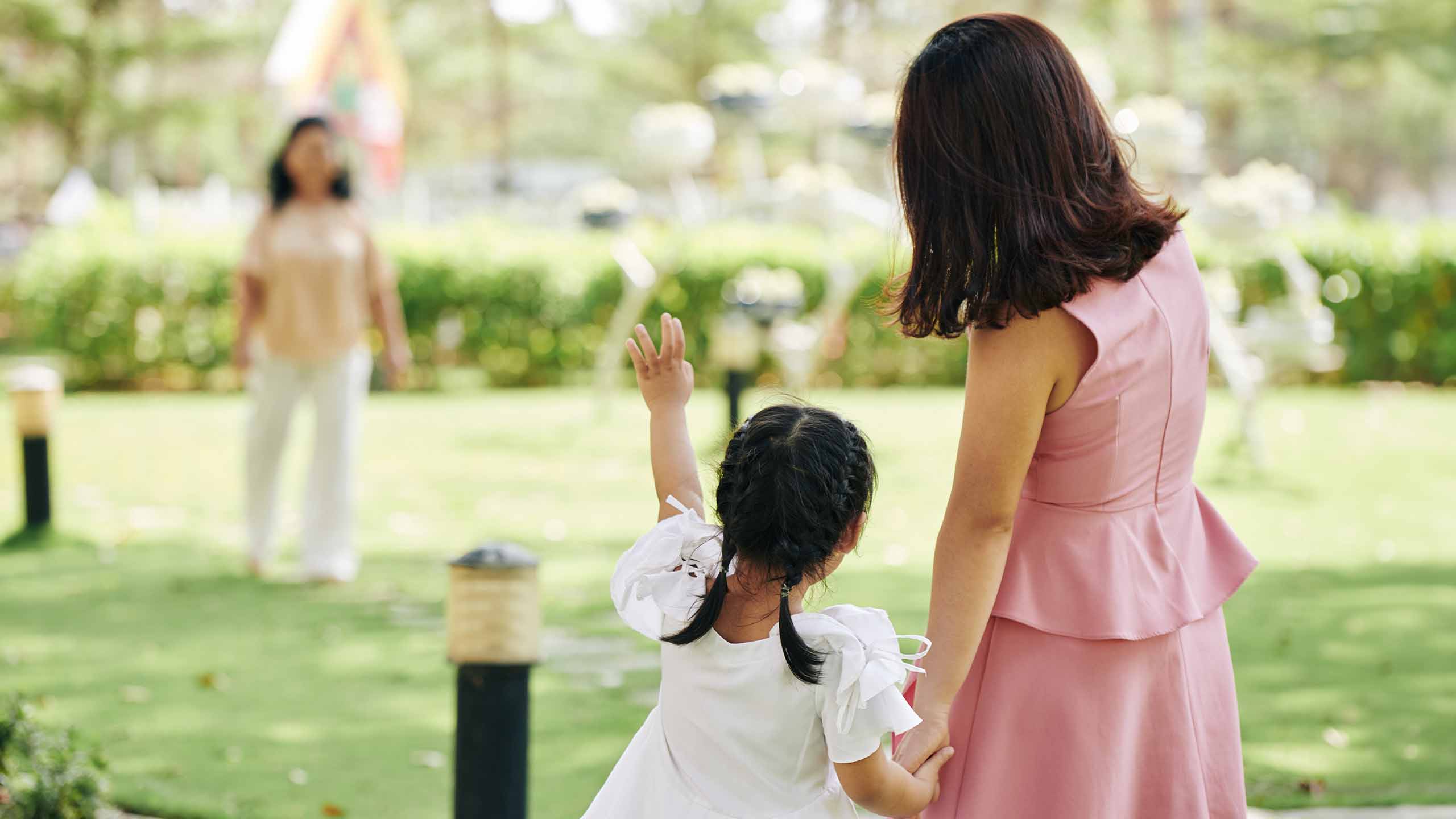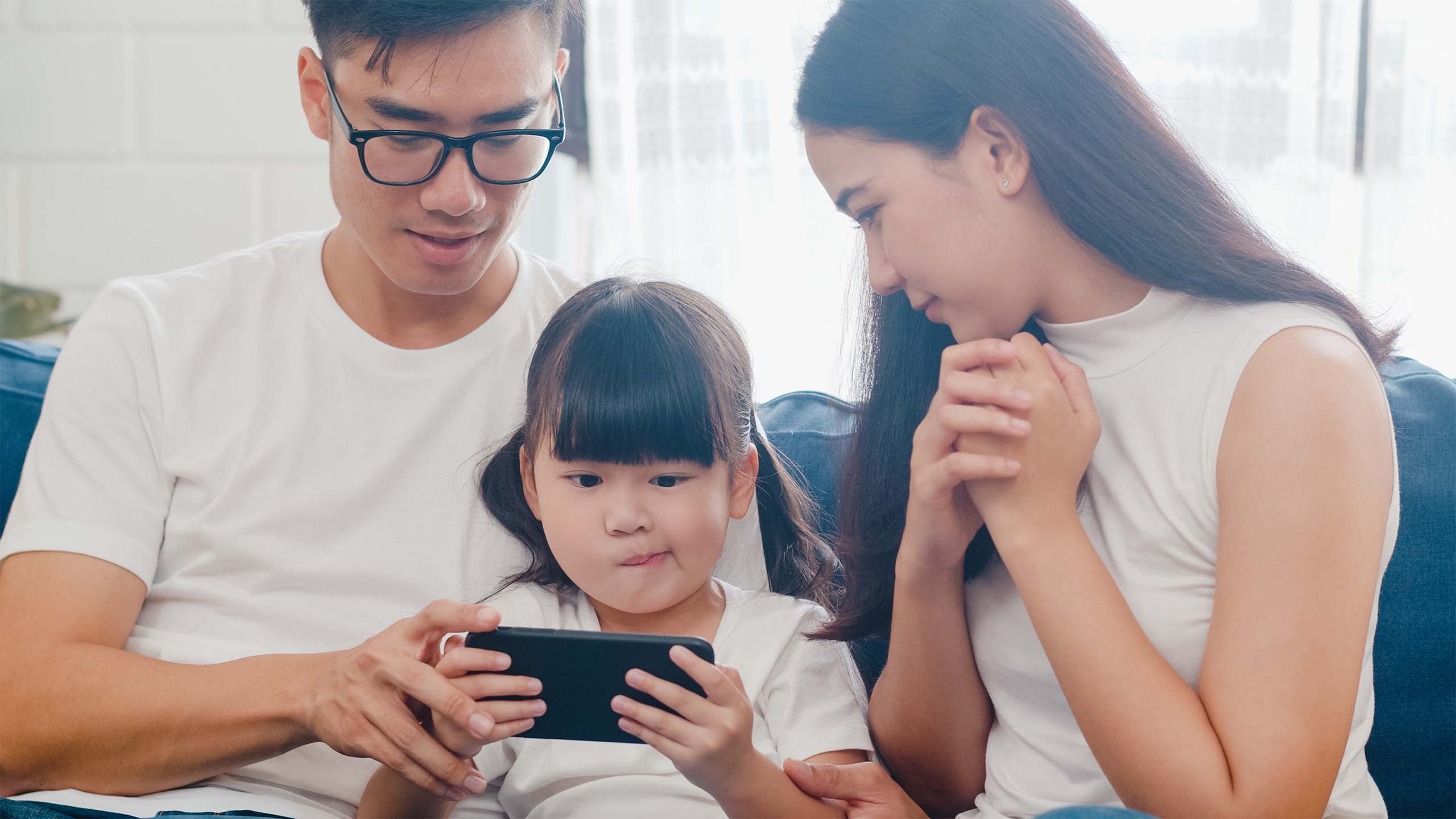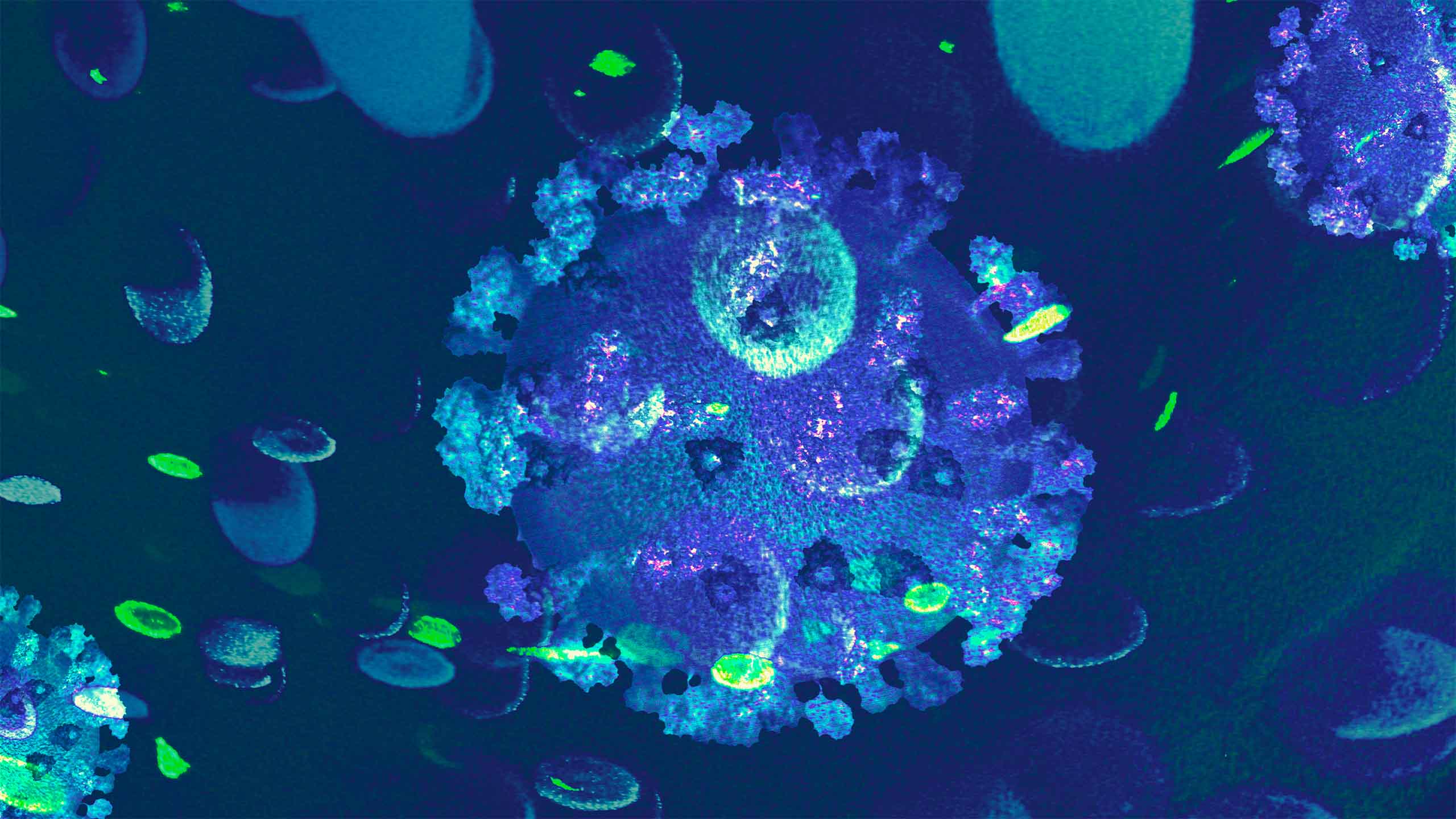How to Help our Kids Heal from Toxic Friendships
Although some of our kids’ friendships last a forever, there’s also a lifetime supply of toxic ones that can be quite difficult to heal from.
Although friendship breakups are just as painful as romantic ones, sometimes, our kids have to initiate it because its become too toxic. There may be the occassional upfront trash talk or joking jab but backstabbing, indirect bullying, and even gossiping on social media. But there’s only do much a person can take. At some point, they even start borrowing money or taking their things because “friends are supposed to share.”
And when the kids finally do breakaway from a toxic friendship, this is what parents can do:
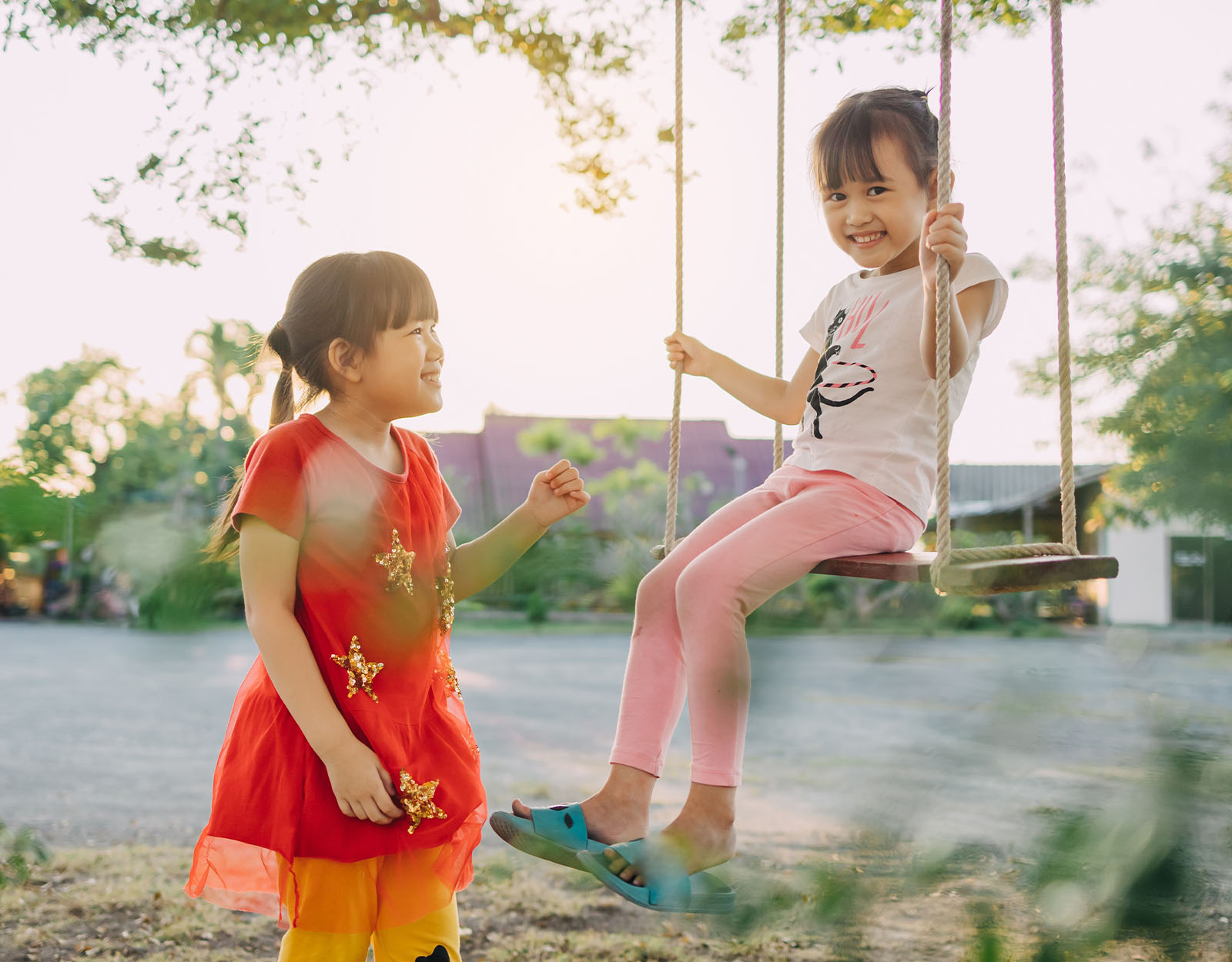
1. Avoid insulting that former friend to our kids’ faces or backstabbing them to others.
While it’s okay to be angry at the person who hurt our child (especially if they were a frequent guest in our home), we have to remember that our grief and rage is for our child’s loss — not because of that former friend. And in an attempt to comfort our child, we try to minimize the loss by listing down all the flaws about that former friend. We bluntly point out things from how “cross-eyed” their eyes look to how distasteful their former friend’s fashion sense is.
But insulting or backstabbing them also minimizes all the good memories together. Friendships don’t always start out toxic; a lot of things like different goals, exclusive experiences (e.g. death in the family, separation, financial problems, etc.), and even just finding new friends can change the dynamics. Sometimes, we have to remind ourselves that just like how we can outgrow things, we can also outgrow people.
Besides, backstabbing that kid to our friends is just bullying. It’s not our fight and as much as we’re emotionally invested in their friendship the same way we are in our favorite telenovelas, this is reality. And behind every hurt kid, there’s a protective and angry mama that can make Hell look like a 5-star staycation resort.
2. Respect their space.
In our culture, we’re quick to accompany our kids because we’re highly communal. Accepting and giving people a place to belong is the highest form of love and in the event our kids lose a place to belong — the friendship turned toxic, they’ll still stumble around trying to find who they were before that friend.
Which is why, years old friendships are harder to let go, in spite of the toxicity. The familiarity is addictive and comforting; the good memories of that friendship often bury how abusive the relationship has become. Our kids will fight tooth and nail to protect it even though our arguments with them already point out the obvious: it’s toxic.
While we want to “fill” that void by being that proxy, not every kid wants to jump into another community right away. Especially when they’re teens or young adults, they’re still navigating who they are and experimenting with their sense of self. Some would prefer having space, opting to find things that are independent of anything or anyone (including us!).
And when they do prefer we give them space, remind ourselves that they don’t do this because they hate us. They just want a more exclusive hand on developing a sense of self. All we can do is parent via the way of the houseplant — we’re there but we don’t actively do anything unless we truly know they’re struggling.
3. Master the contemporary art of digital pebbling: share memes, reels, videos, etc.
Now widely recognized and accepted as proper digital etiquette, pebbling is actually behavior that comes from penguins. These flightless birds give pebbles to their kin to express their appreciation and affirmation to them.
We can pebble by sharing memes with our kids. Memes in the form of reels, pictures, and screenshot of posts are how kids communicate nowadays. It may feel weird at first since we’re so used to texting but kids will find the love there even if the reel’s humor doesn’t immediately make sense. Kids, teens, and young adults accept these as conversations since many feel there’s just too much to do. And if they respond with an emoji like 🤣, 😂, 🙃, etc., that’s how they show their appreciation for trying.
“LOL,” “Lel,” “NOOOO,” “WHYYY,” “ASDFGHJKL” — these are also common ways our kids and teens express their emotions.
4. If there’s a place they need help going, go with them.
When our kids finally leave that toxic friendship, two things can happen: either they isolate or they start trying all sorts of things. Our kids, in their attempt to build themselves away from their former friendship and to find a new community, become more open with Time and activities. Of course, there are some things they’ll try that isn’t within their usual trend of interest since some of things they used to do were only because of that friend. But when they do ask us for help, they’re not asking for a “yes” or “no.” They’re looking for our support.
And so long as it’s nothing illegal, support them, we will. It’ll feel like a financial drain at first considering how fast their interests can change. But when they do find their niche, the joy they find is so infectious that we can’t help but be happy for them too.
5. Spend time with them.
While we already see them 24/7, actively choosing to talk to them for like even 30 minutes to an hour will at least reduce the loneliness a bit. It’ll remind them that they still have a place even though they just lost one. But also, it gives us the opportunity to show our kids what a true and healthy friendship looks like. Encourage conversation, withhold biases (even for a bit), be open to deeper and more existential topics, respecting boundaries, and maybe even be their OOTD photographer for the day!
Although our kids, teens, and young adults will always need their mother, right now — they need their parent the friend. Not mama or papa the head of the house.
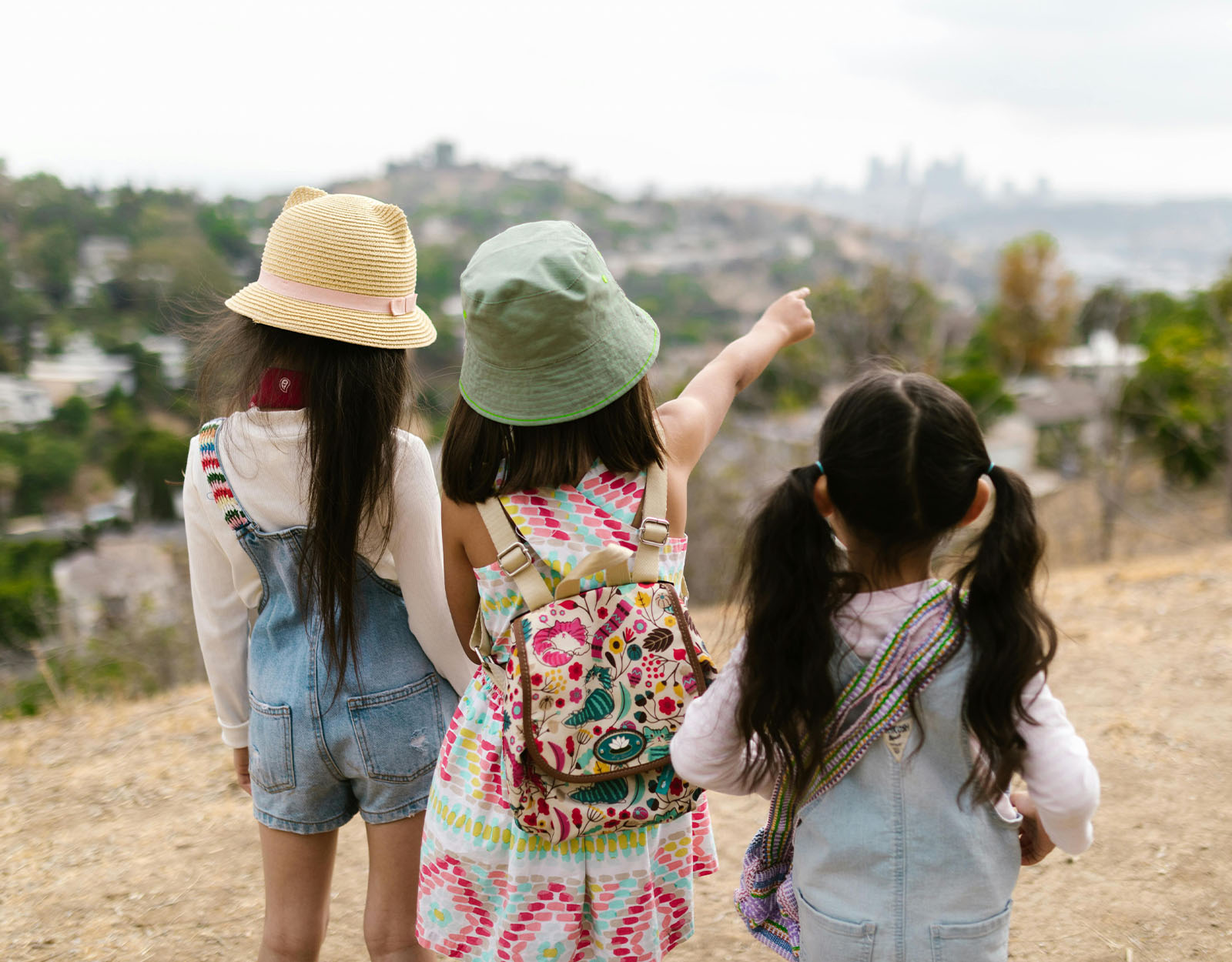
Like any toxic relationship, kids and teens have their own way of healing from it.
Although nowadays the act of “cutting people off” or going “no-contact” is more widely accepted, the journey of filling that void due to that decision is a story usually left untold. Our kids and teens usually keep that realization to themselves: even if the friendship was toxic, it doesn’t change that there were days that it was once beautiful and empowering. In fact, they may even feel that their former friendship was more impactful even more than our relationship with them.
But during the days that they are slowly discovering themselves beyond that toxic friendship, the only thing they want and need is a place to completely belong — no masks and healthy boundaries.
More about kids, teens, and relationships with them?
Changing The Tone of “Sige, bahala ka na!”: Allowing Our Kids to Be Creative and Critical
When Parents Should Talk to Their Teens About Dating
Friendship Over: What Can Parents Do When Their Kids Lose Their Best Friends?
